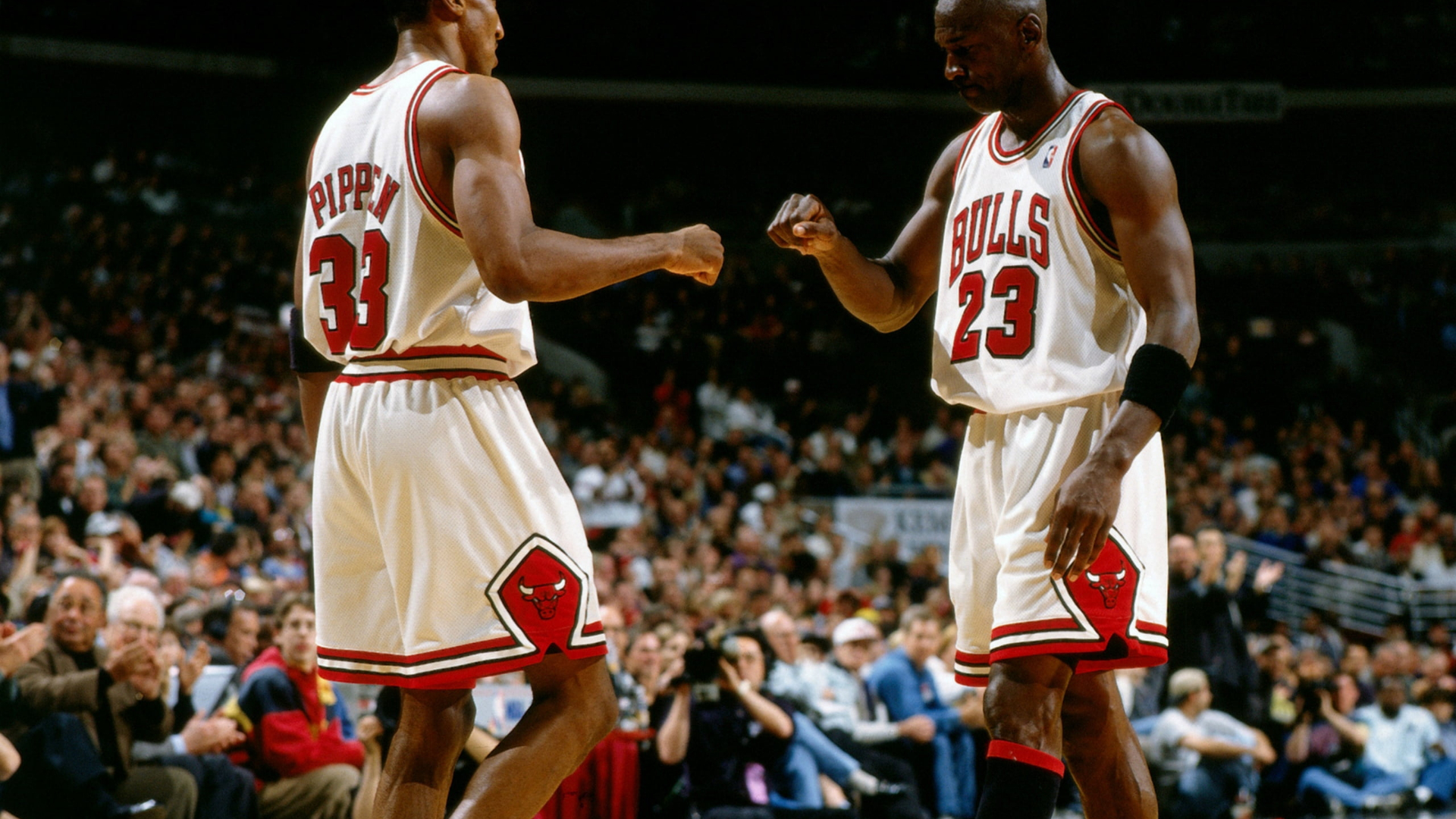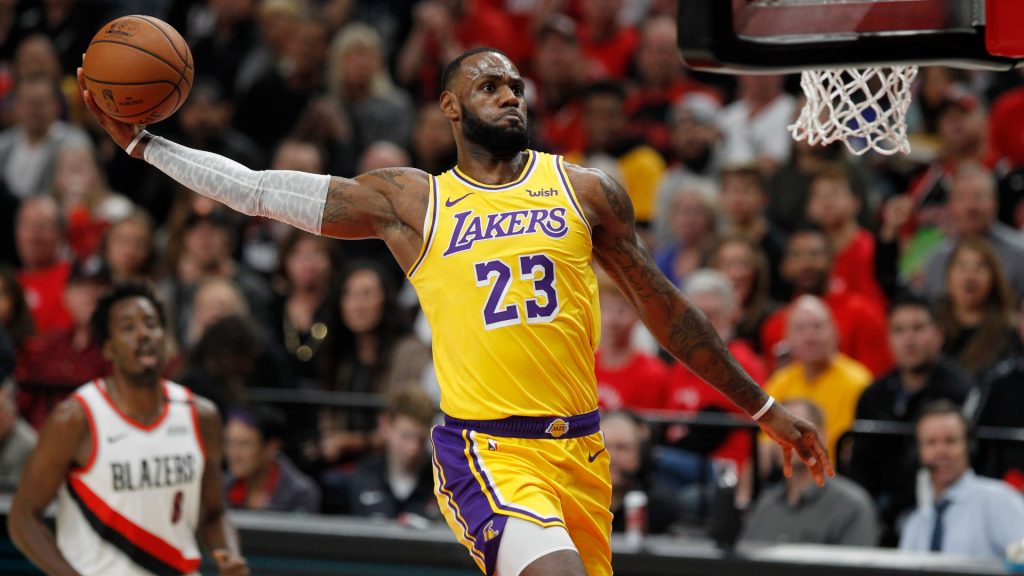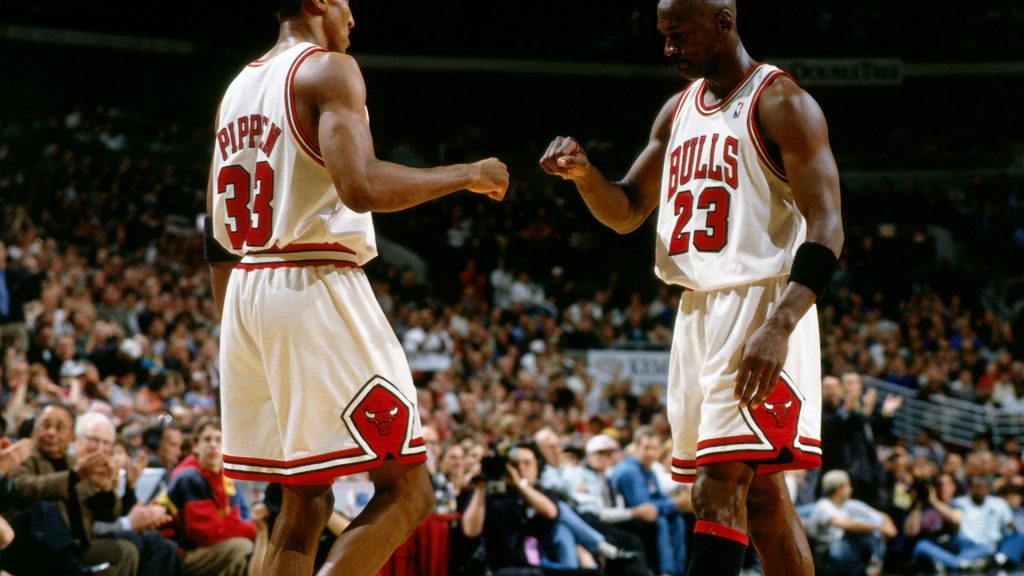Basketball, a game of strategy and skill, requires teams to be adept both offensively and defensively. One of the pivotal defensive strategies employed by teams is the zone defense. This article delves deep into the fundamentals, advantages, and intricacies of the zone defense in basketball.
Understanding Zone Defense
Zone defense is a basketball strategy where each defender is responsible for guarding a specific area or “zone” on the court. The primary objectives are to restrict dribble penetration, limit low post scoring opportunities, and influence jump shots. Zone defenses are often denoted by numbers, such as “2-3” or “1-3-1”, indicating the arrangement of players.
Zone defense offers a structured approach, focusing on areas rather than individual players, making it a strategic choice against certain offensive setups.
Positions of Zone Defenders
Zone defenders are typically categorized as guards, forwards, and a center/rim protector. These positions are denoted by alphanumeric characters like X1, X2, up to X5. For instance, in a 2-3 zone defense, two defenders (X1 and X2) are at the front, while three defenders (X3, X4, and X5) are at the back.
Understanding the positioning of each defender is crucial for the successful implementation of a zone defense.
Advantages of Zone Defense:
- Influencing Jump Shots: Zones can limit scoring opportunities for teams weak in perimeter shooting.
- Controlling Perimeter Passing: Effective zones can force offenses to pass around the perimeter, wasting time.
- Restricting Dribble Penetration: Zones make it challenging for offenses to penetrate and score from the low post.
- Mitigating Defensive Weaknesses: Zones can counteract issues like players in foul trouble or slower foot speed.
Zone defense offers multiple advantages, making it a versatile tool against various offensive strategies.
Disadvantages of Zone Defense:
- Struggles Against Sharpshooters: Teams with excellent perimeter shooters can exploit zones.
- Less Effective When Trailing: Zones might not exert enough pressure when the defensive team is behind.
- Vulnerability to Gap Attacks: Offenses can target the gaps in a zone, causing breakdowns.
- Rebounding Challenges: Zones can sometimes lead to poor positioning for rebounds.
While zone defense has its strengths, it’s essential to be aware of its potential vulnerabilities.
Key Principles of Zone Defense:
- Limit High Post Touches: Deny offensive players the ball in high post areas.
- Prevent Low Post Touches: Front the offensive post players to prevent easy baskets.
- Restrict Dribble Penetration: Use techniques like “stunt and recover” to limit penetration.
- Contest Jump Shots: Always close out and challenge shots, even from weaker shooters.
- Communication: Defenders must constantly communicate to address offensive threats effectively.
Adhering to these principles ensures the effectiveness of a zone defense.
Types of Zone Defense
Basketball features various zone defenses, each with its unique setup and strategy. Here’s a table illustrating some of the prominent ones:
| Zone Type | Front Players | Middle Players | Back Players |
|---|---|---|---|
| 1-1-3 Zone | 1 | 1 | 3 |
| 1-2-2 Zone | 1 | 2 | 2 |
| 1-3-1 Zone | 1 | 3 | 1 |
| 2-1-2 Zone | 2 | 1 | 2 |
| 2-3 Zone | 2 | – | 3 |
| 3-2 Zone | 3 | – | 2 |
The choice of zone defense depends on the offensive threats posed by the opposing team and the defensive strengths of the team employing the zone.
Specialized Zone Defenses
Apart from the standard zones, basketball also features hybrid defenses like the “Junk Defense” and “Match-up Zone Defense”. The Junk Defense involves a mix of man-to-man and zone principles, targeting specific offensive threats. On the other hand, the Match-up Zone Defense blends zone coverage with man-to-man principles, especially when pressuring the ball handler.
These specialized defenses add another layer of strategy, allowing teams to adapt to various offensive challenges.
Implementing Zone Defense
Choosing between zone and man-to-man defense depends on several factors. For instance, a zone might be preferable against teams with dominant post players or when the defensive team is undersized. Conversely, specialized defenses like Junk or Match-up zones can be employed against teams with one or two primary scorers.
The decision to use a particular defense should be based on a thorough analysis of the opponent’s strengths and weaknesses.
In consolidation, basketball’s zone defense, with its myriad forms and strategies, offers teams a robust defensive toolkit. By understanding its nuances and adapting to the game’s flow, teams can effectively counter various offensive threats. As with any strategy, the key lies in preparation, execution, and adaptability.









